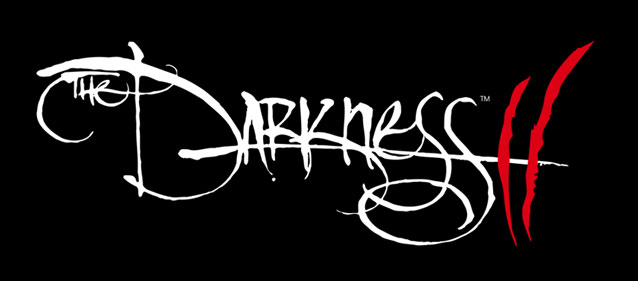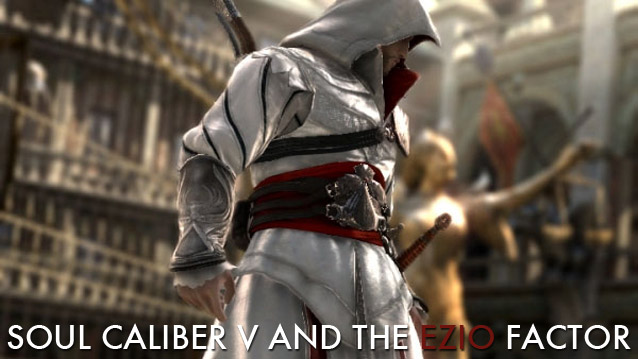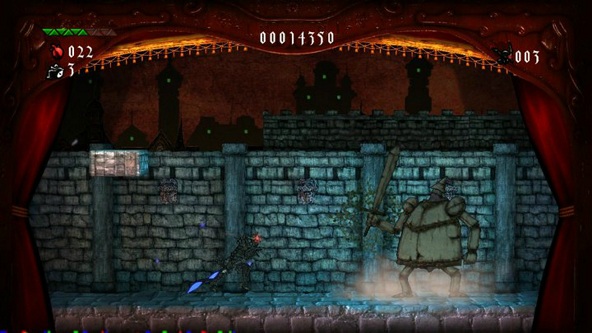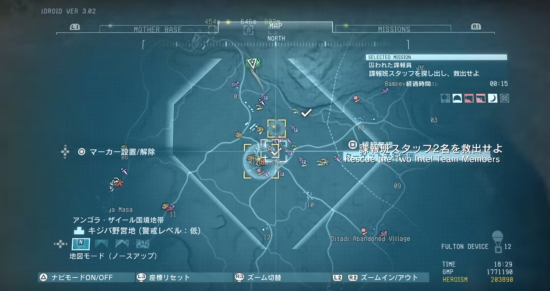

Bladestorm: Nightmare is the kind of game you have to meet halfway. Some people will outright hate it; some will find it tedious, ugly and repetitive, and they wouldn’t be entirely wrong to think that. It doesn’t do a great job of explaining itself, and for a game that encourages tactical play it can feel unbalanced, making it all too easy to rely on one particular stratagem. Yet those who approach it with an open mind, and are prepared to dig beneath the surface to learn its intricacies, will find plenty to reward them.
It certainly helps if you’re familiar with the modus operandi of the Warriors series, though rather than an all-powerful hero cutting a swathe through thousands of opponents, you’re cast as leader of a group of mercenaries who act as one. From swordsmiths to pikemen, cavalry, and archers, each squad has a basic attack, which is maintained as long as you press the right bumper, along with three face-button specials, each subject to cooldown timers. Some of these provide buffs to defence or speed, while others launch specific attacks. Among bowmen you can shoot arrows from a top-down perspective, or aim directly in first-person to pinpoint individual officers from afar, or to spread panic among their followers.
If you’re doing it right, you’re looking at a gigantic swarming mass beneath a wave of bright yellow damage figures: when they disappear, you’ll hopefully see your opponents instantly collapse and disintegrate before your eyes. It’s a curiously satisfying clean-up, reminiscent of a disinfectant advert where one swipe of a cloth neatly destroys all that CGI bacteria.
The fun is amplified in Nightmare mode, where you’ll find yourself floating between the trees with three Nazgul lookalikes on either side, launching electrical area-of-effect attacks from a safe distance, then conjuring a whirling firestorm when your targets advance to avoid the initial curse. Or sweeping across the battlefield with a fleet of griffons, stopping only to topple a marauding Cyclops.
Here, the English and French have put aside their differences, pooling resources to take down a supernatural threat led by Joan of Arc’s evil doppelganger – or is it the Maid of Orleans herself? A magic sword lets you command beasts to battle their own kind, though first you’ll need to win over the monster-hating doubters: as the campaign progresses, you’ll gain more allies with their own combat specialities, increasing your tactical options.
Soon you’ll be capable of generating squads on the fly: if an enemy group of bowmen lies in wait to bring down your griffons, simply switch to sword-wielding skeletons and rush them. This reduces downtime, too – if the sprawling battlefield is delaying the action too much, you can race there on horseback before dismounting to hook up with your Lv.30 landsknechts.
Money earned from successful sorties can be invested in attacking or defensive boosts, or simply on levelling up. Though it’s wise to prioritise your own stats, you’ll need to empower your allies, too, not least when you need to use them as decoys, luring guards out of position before you hit them with a hail of arrows from the treelines. Alternatively, you can join forces to form a larger group, and it’s a thrill to watch a trio of heroes storm a stronghold with the Bladestorm special, a mass attack that can annihilate the powerful base commanders in seconds.
These moments make the last-gen looks easier to accept, though it’s disappointing when the action start to really chug. Freezes, however, are much harder to forgive: our console locked up three times during one battle, and we ended up taking a smaller group into the fray to minimise the risk of it happening again. Whether this is down to budgetary or time constraints, or simply Japanese developer working with unfamiliar hardware, Bladestorm’s technical flaws put the kibosh on an idea that deserved better.




 Soul Caliber V and the Ezio Factor
Soul Caliber V and the Ezio Factor Download and Run Your Favorite Flash Games Before They Go Away
Download and Run Your Favorite Flash Games Before They Go Away Watch Dogs ctOS Breaches
Watch Dogs ctOS Breaches Black Knight Sword Walkthrough
Black Knight Sword Walkthrough Metal Gear Solid V: TPP Guide - How to Find the Metamaterials Specialist
Metal Gear Solid V: TPP Guide - How to Find the Metamaterials Specialist